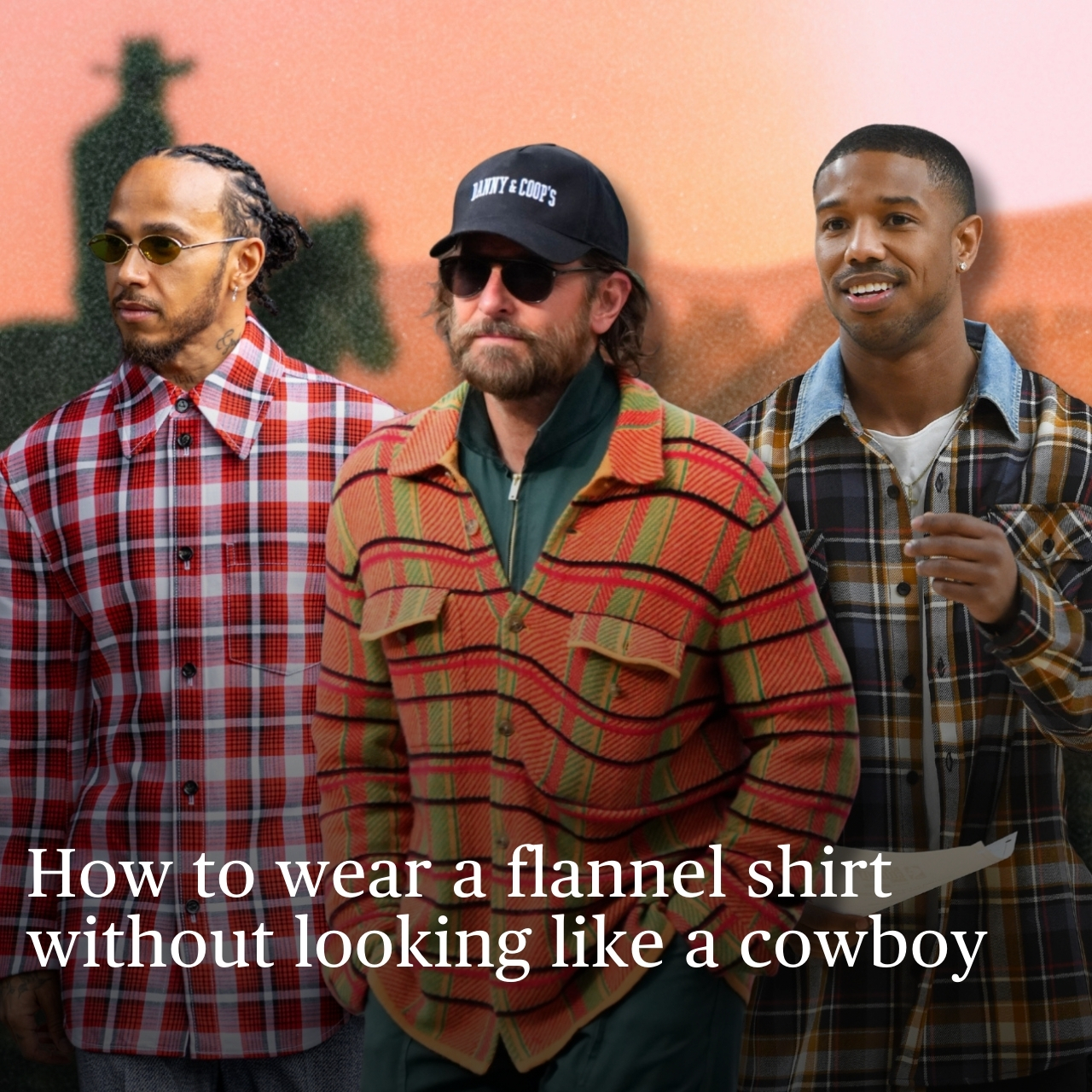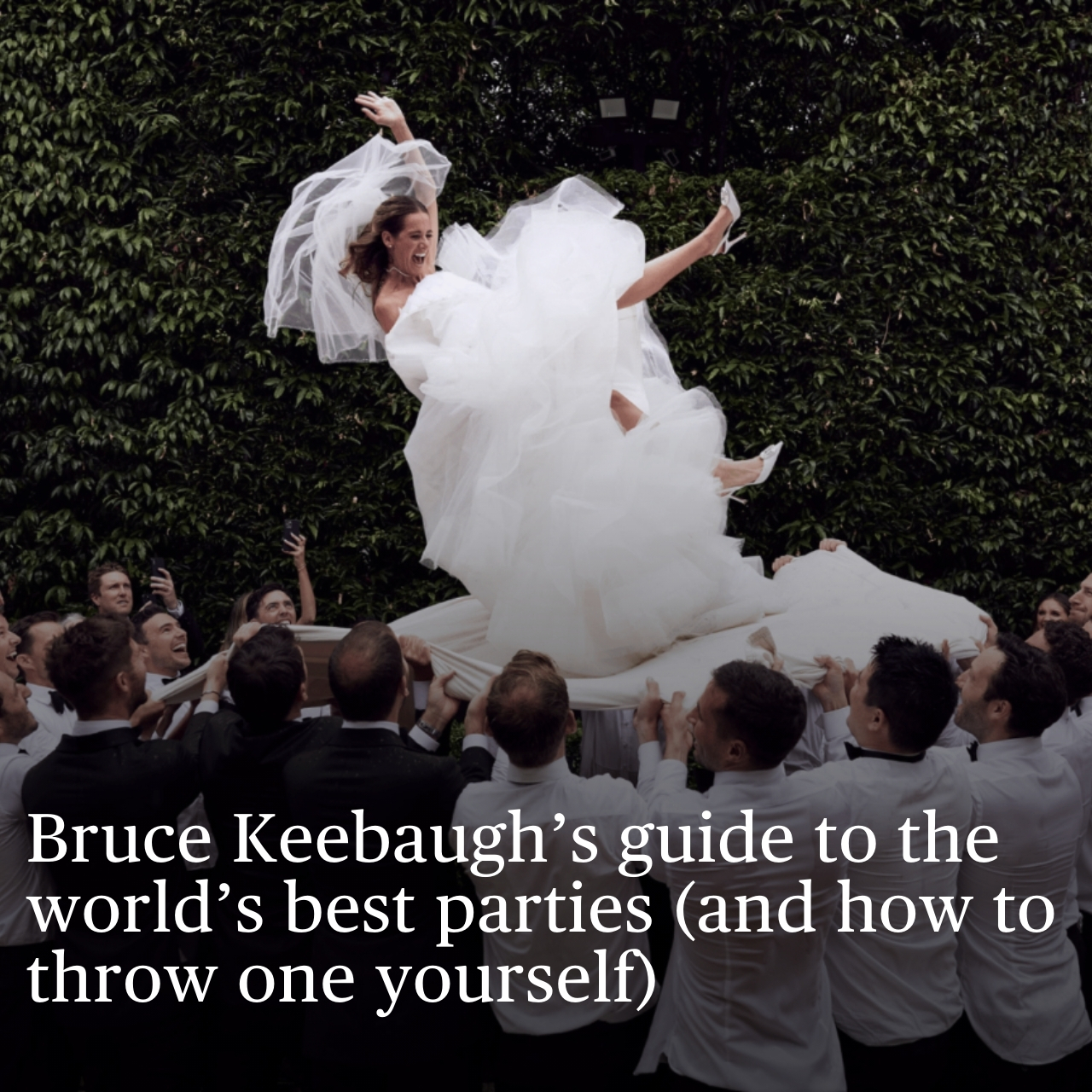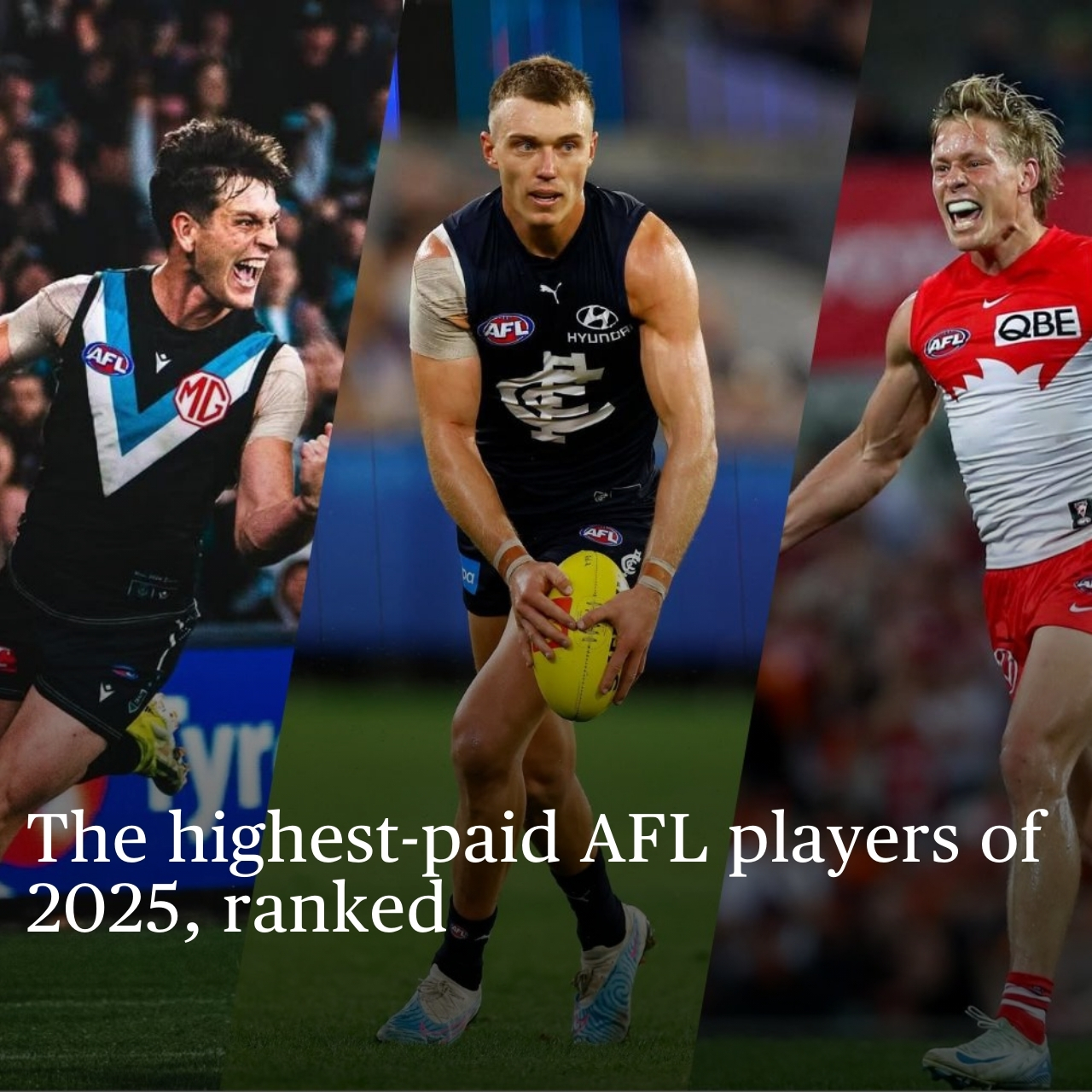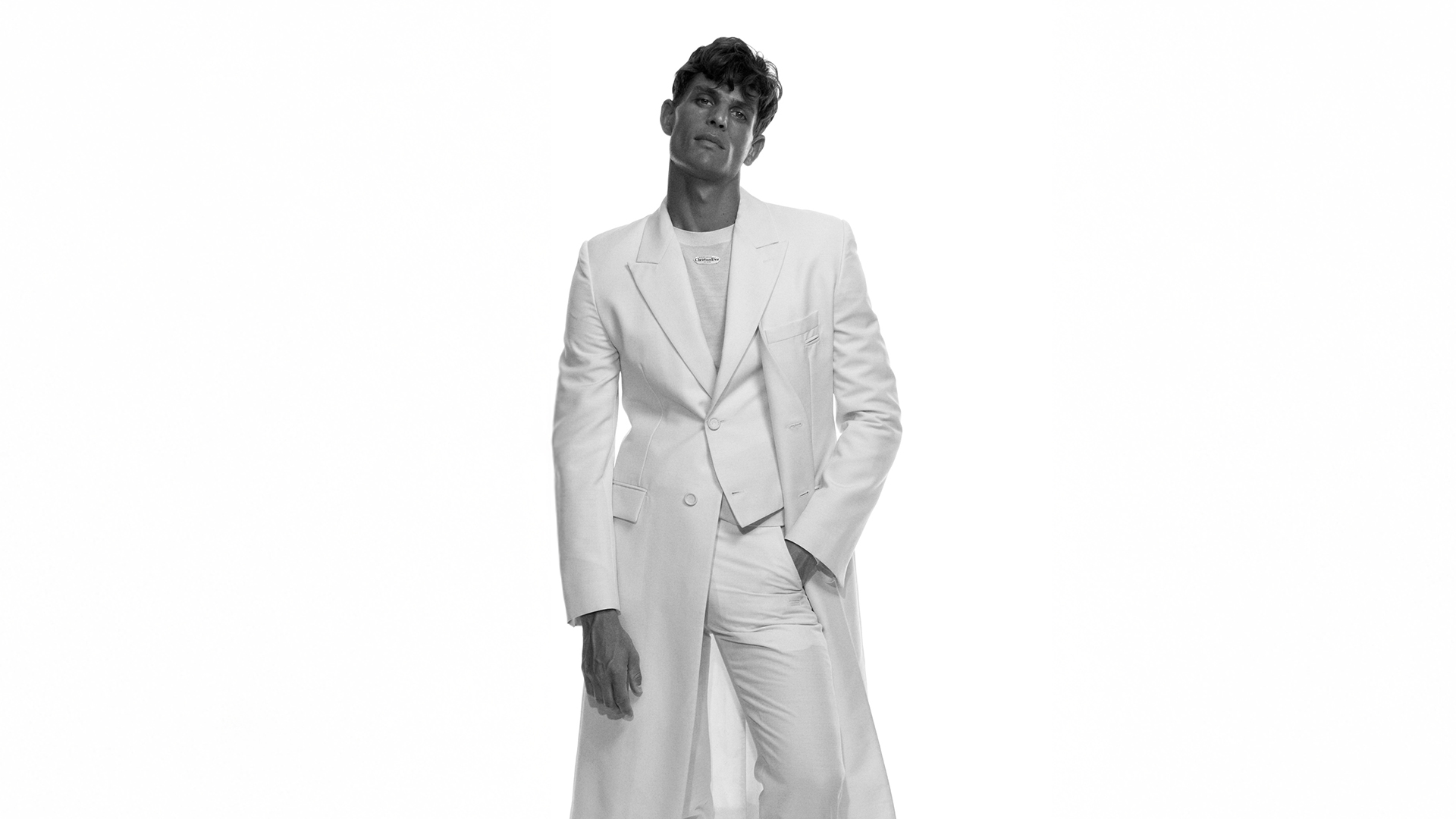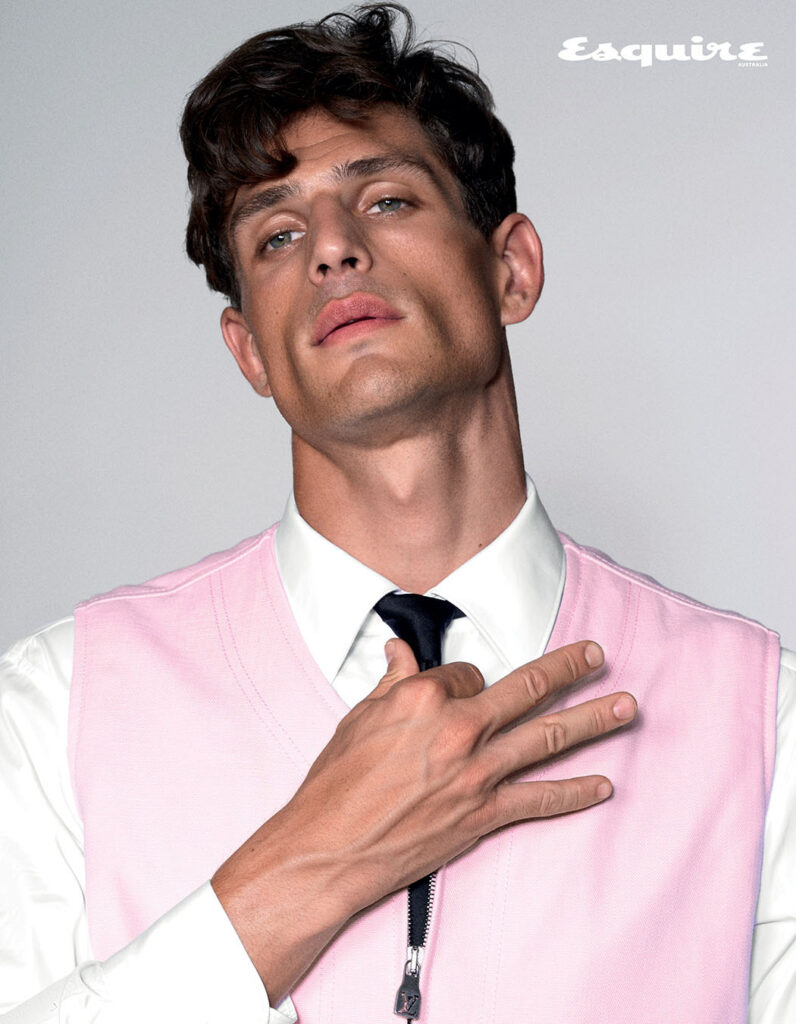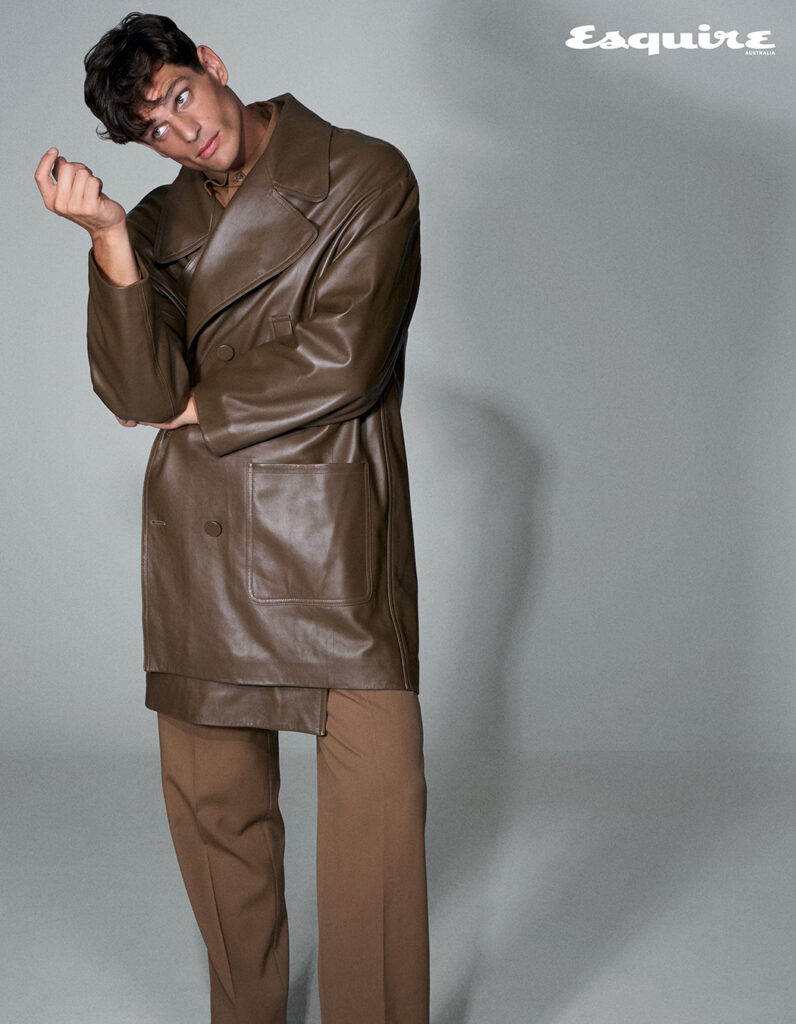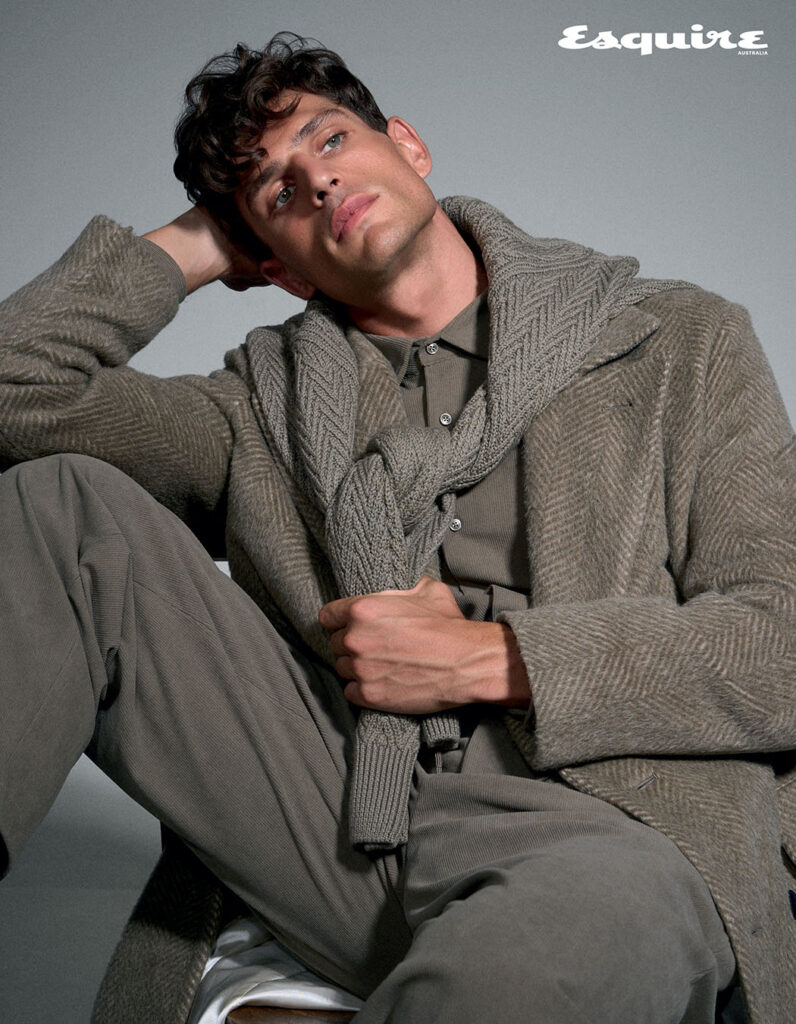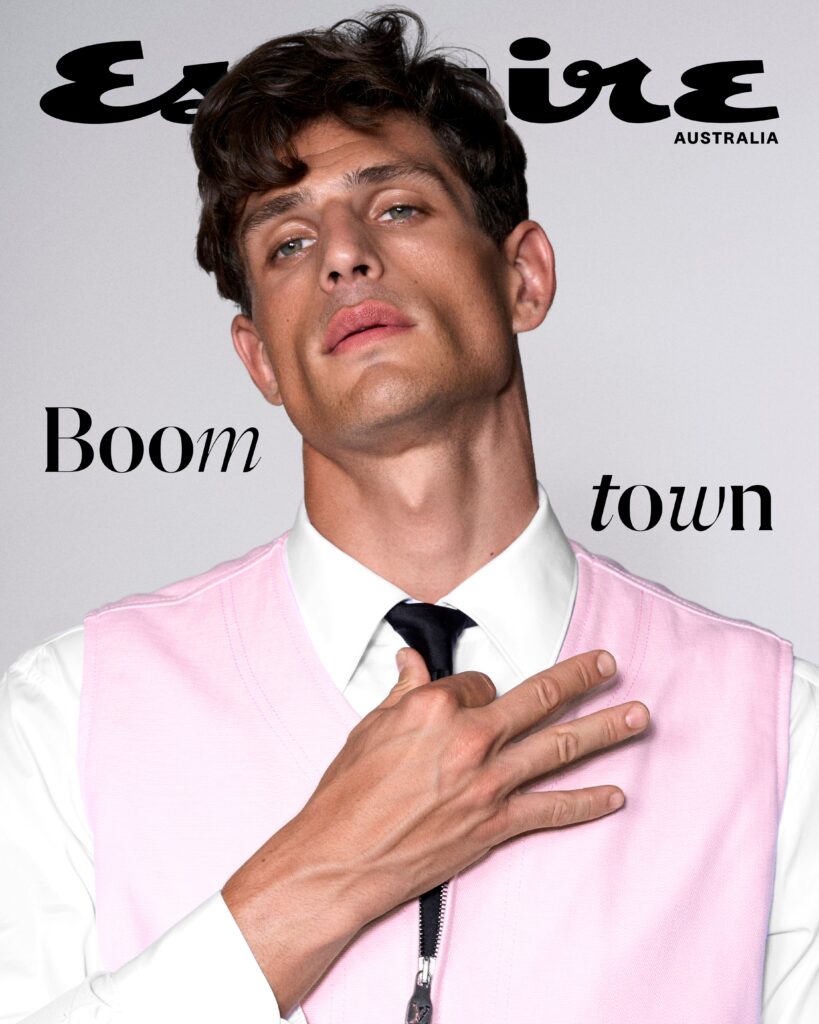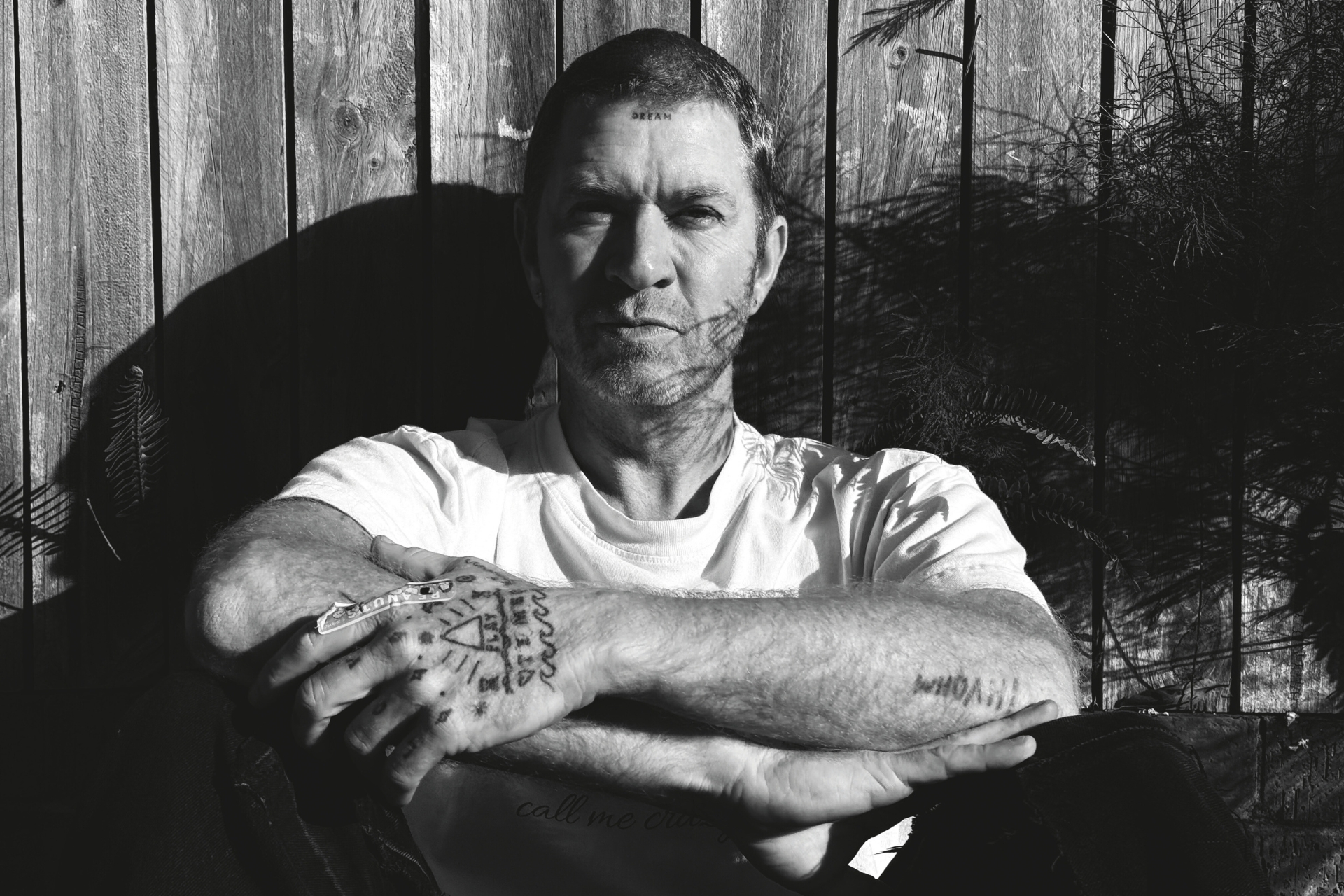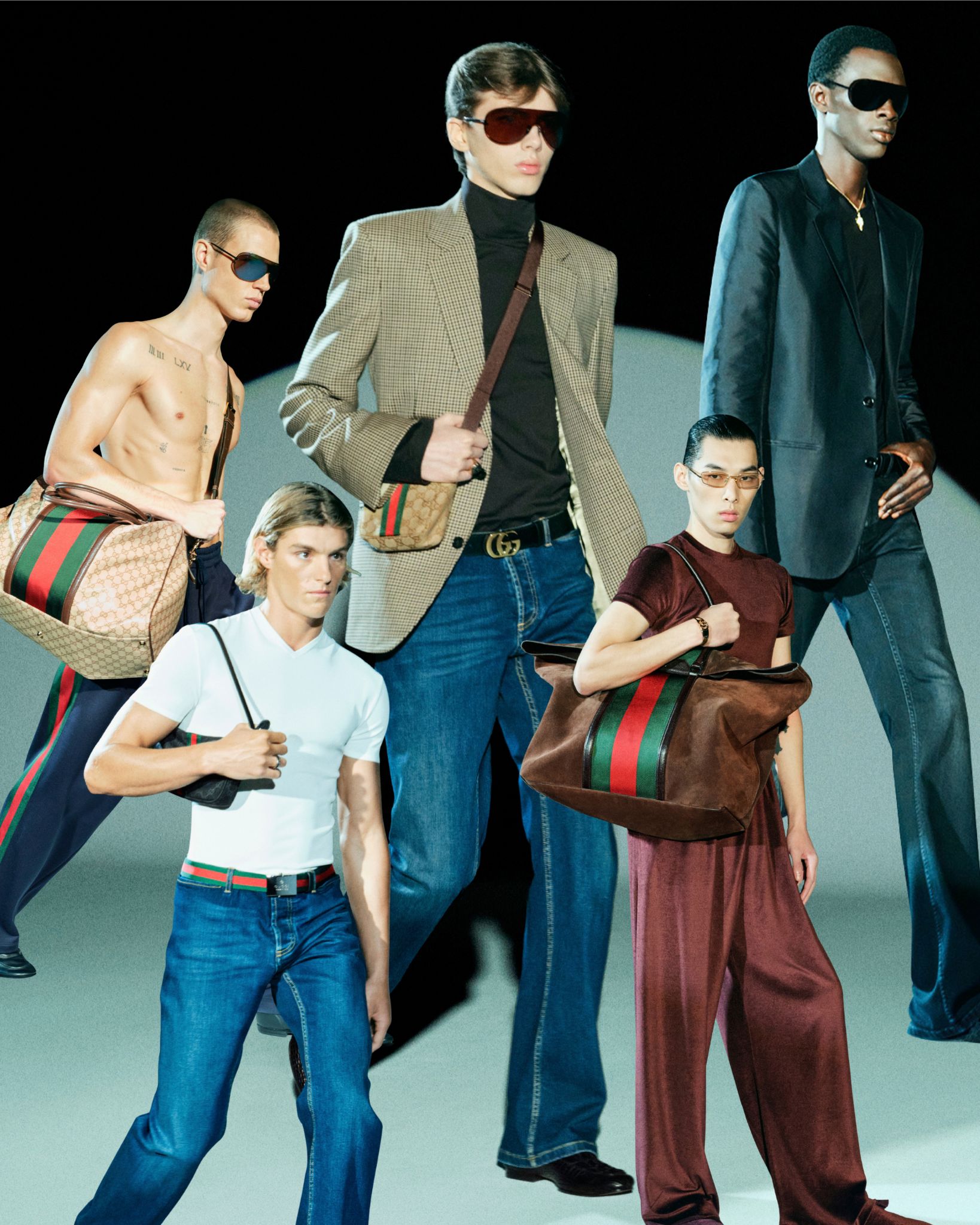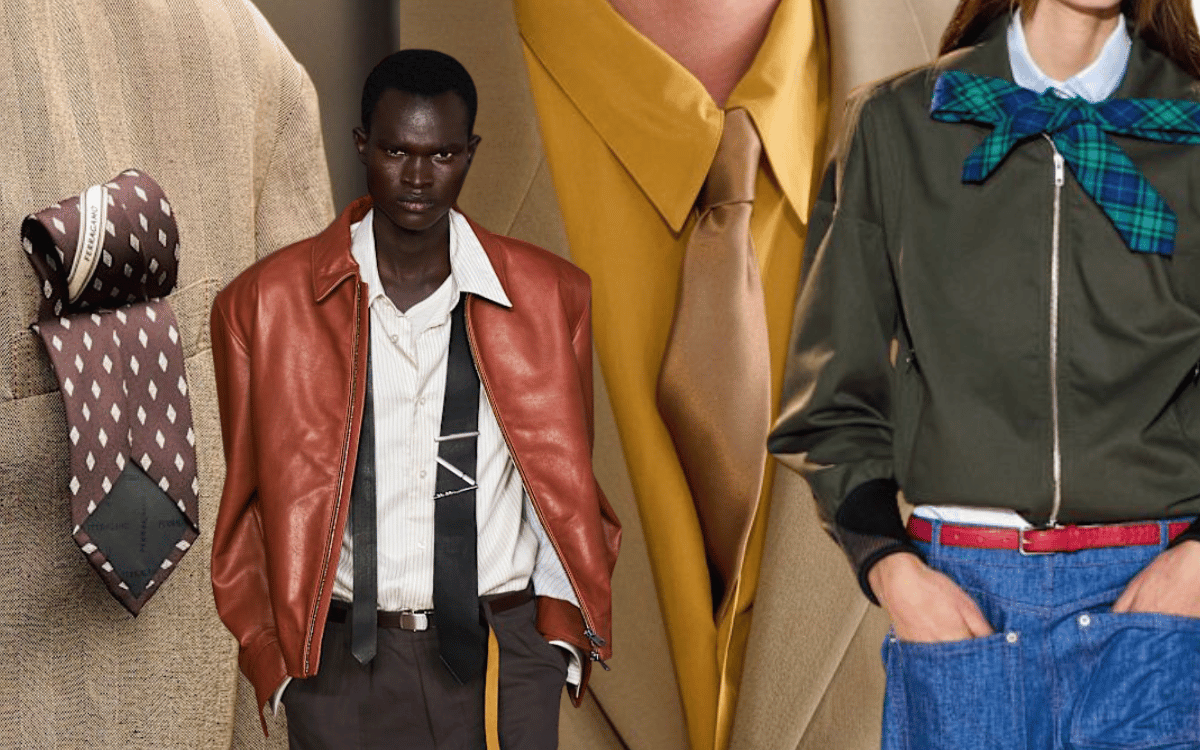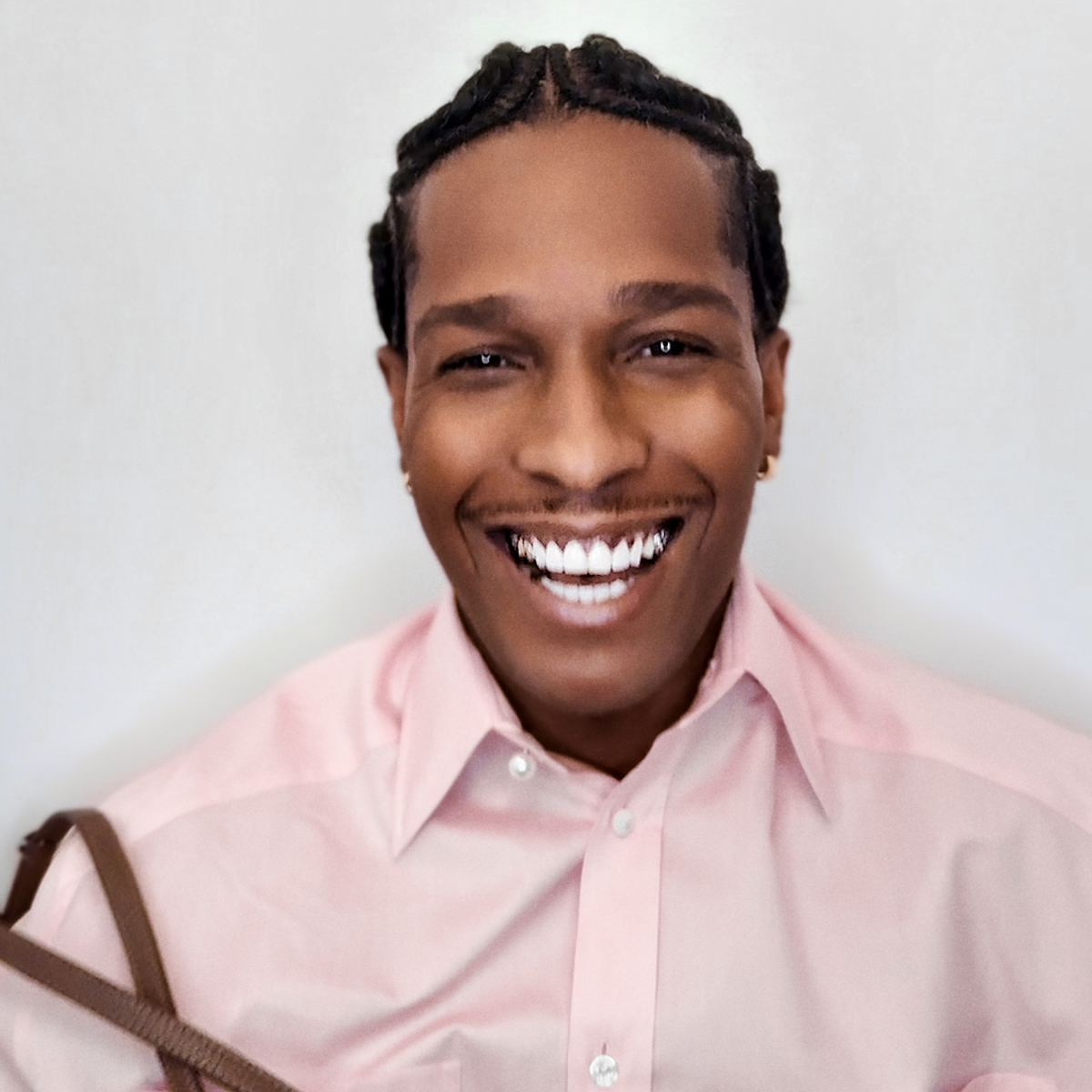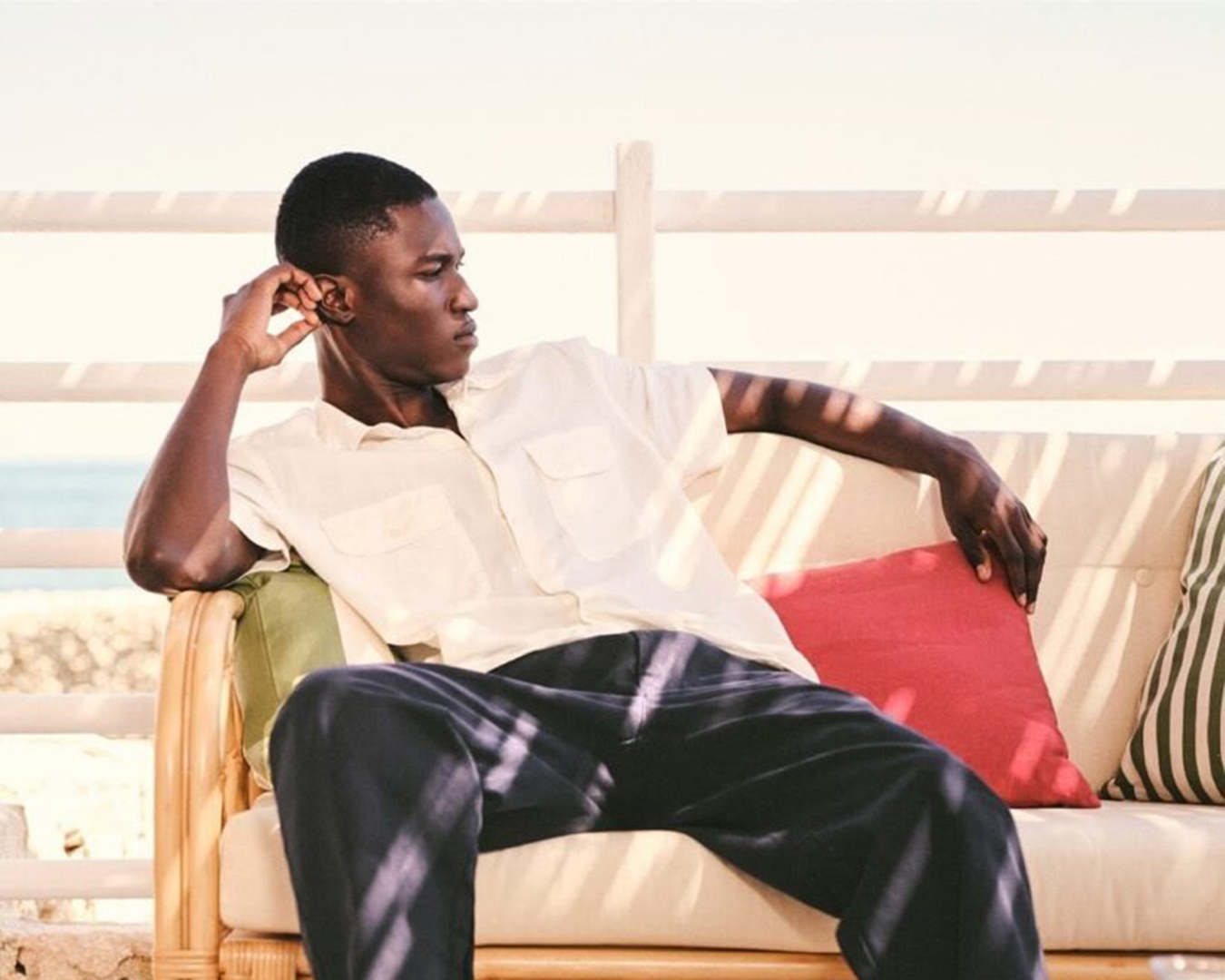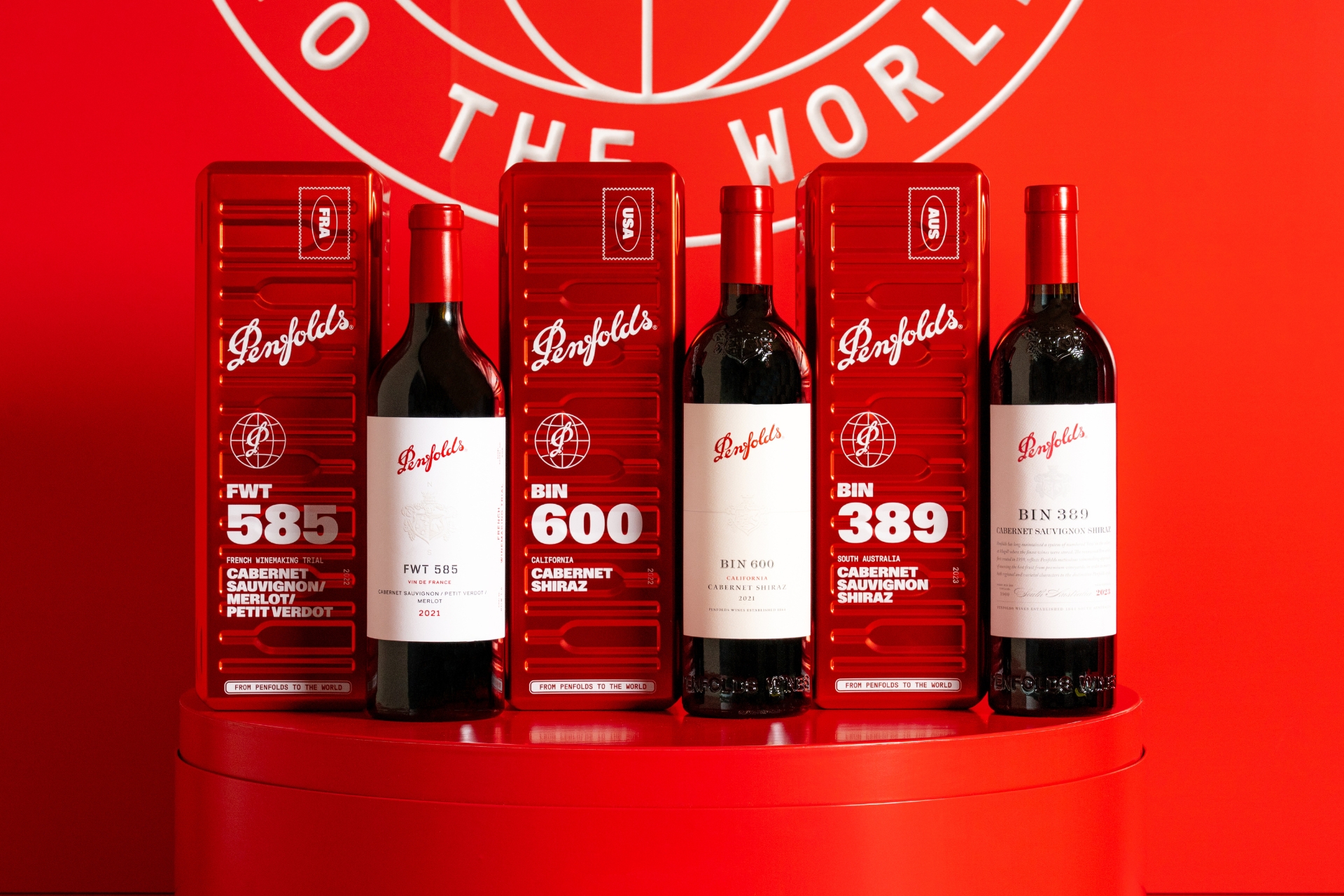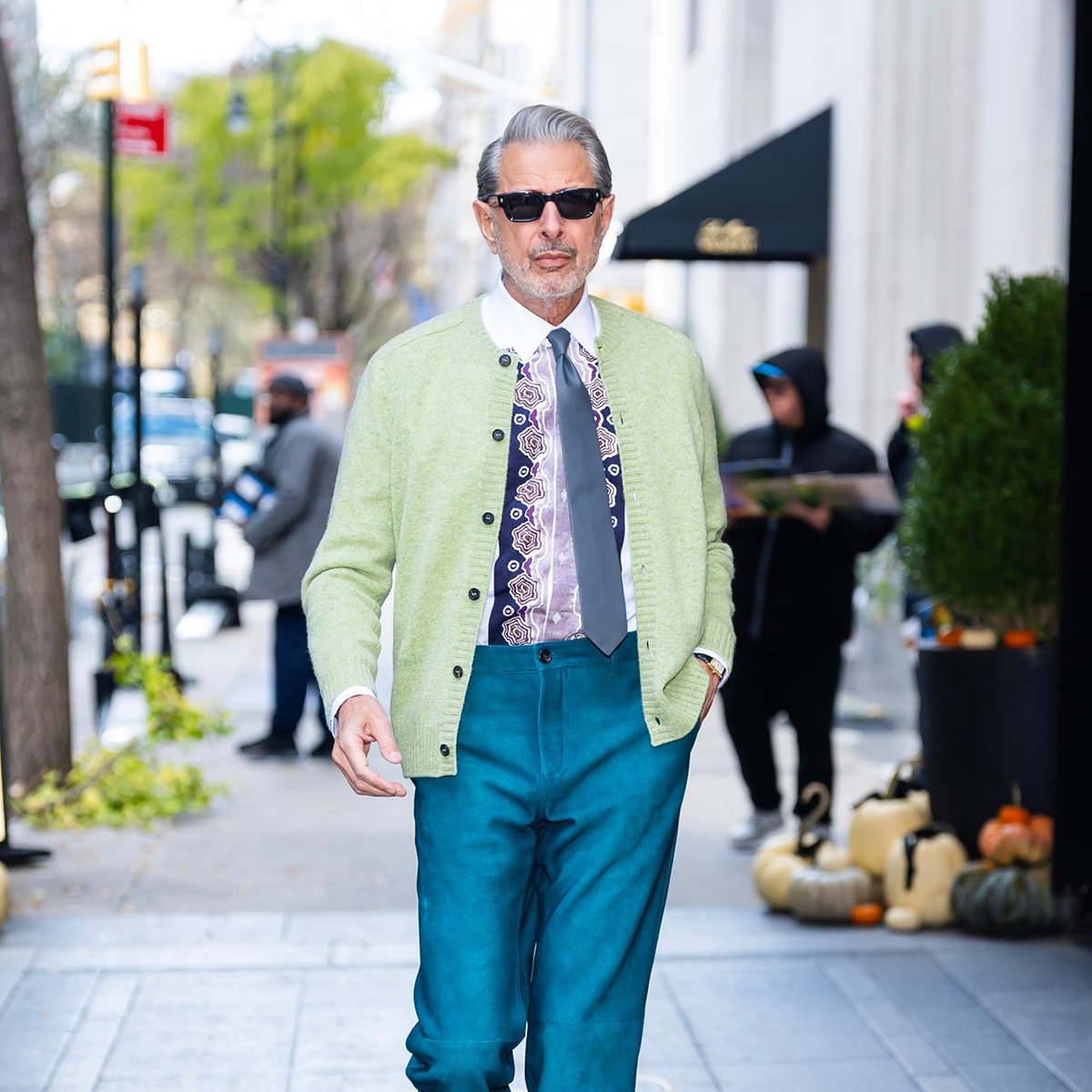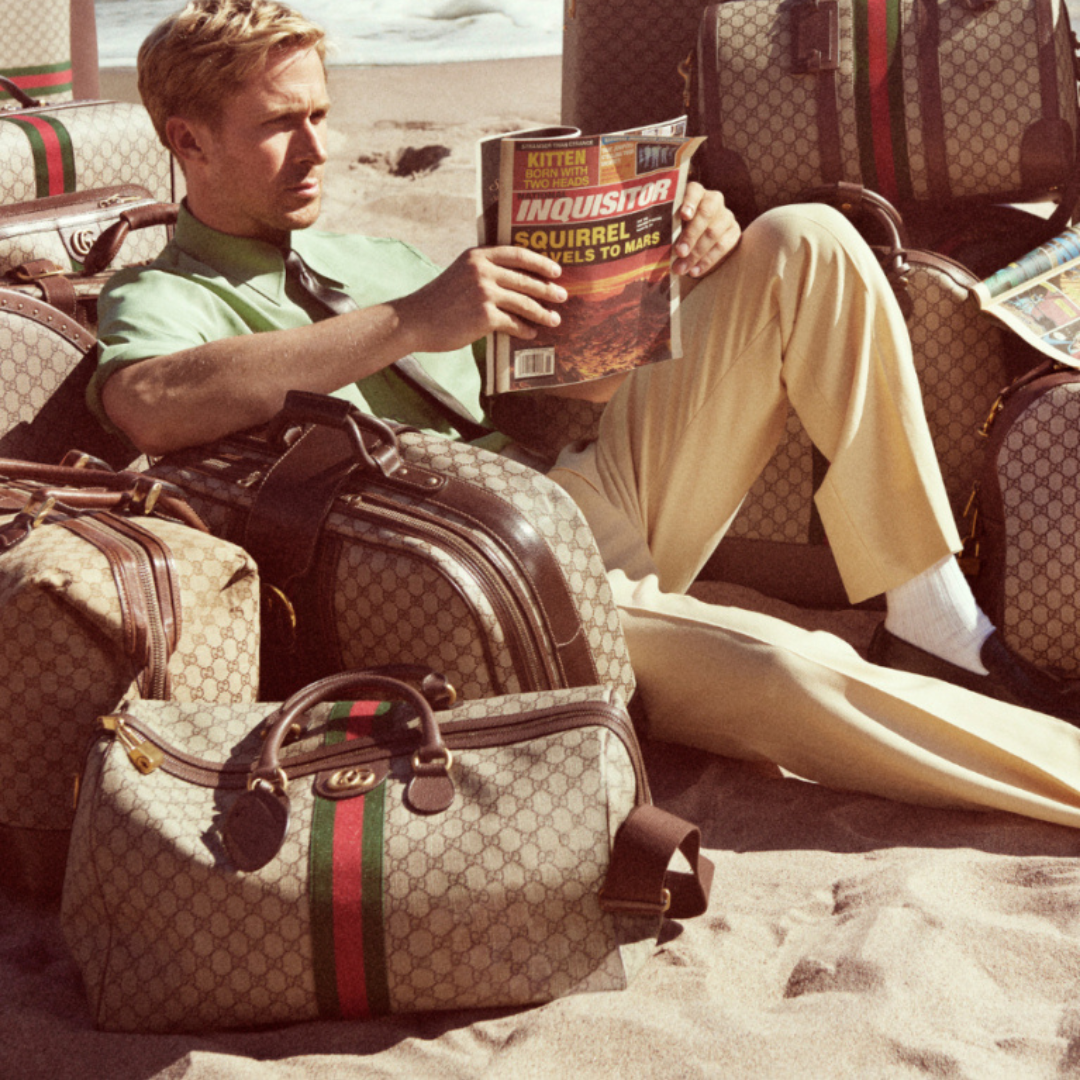STYLE HAS ALWAYS FUNCTIONED AS A PERSONAL ECONOMY: value assigned, traded, inflated according to market demand. For much of the past decade, the prevailing currency has been “quiet luxury”. Muted palettes, monastic minimalism, the subtle weight of cashmere or brushed wool worn as a statement of restraint. But the current menswear cycle suggests a correction. Silence has been overvalued, understatement overstocked. What men want now is a return to volatility. Garments that speculate in exaggeration, colour and composition.

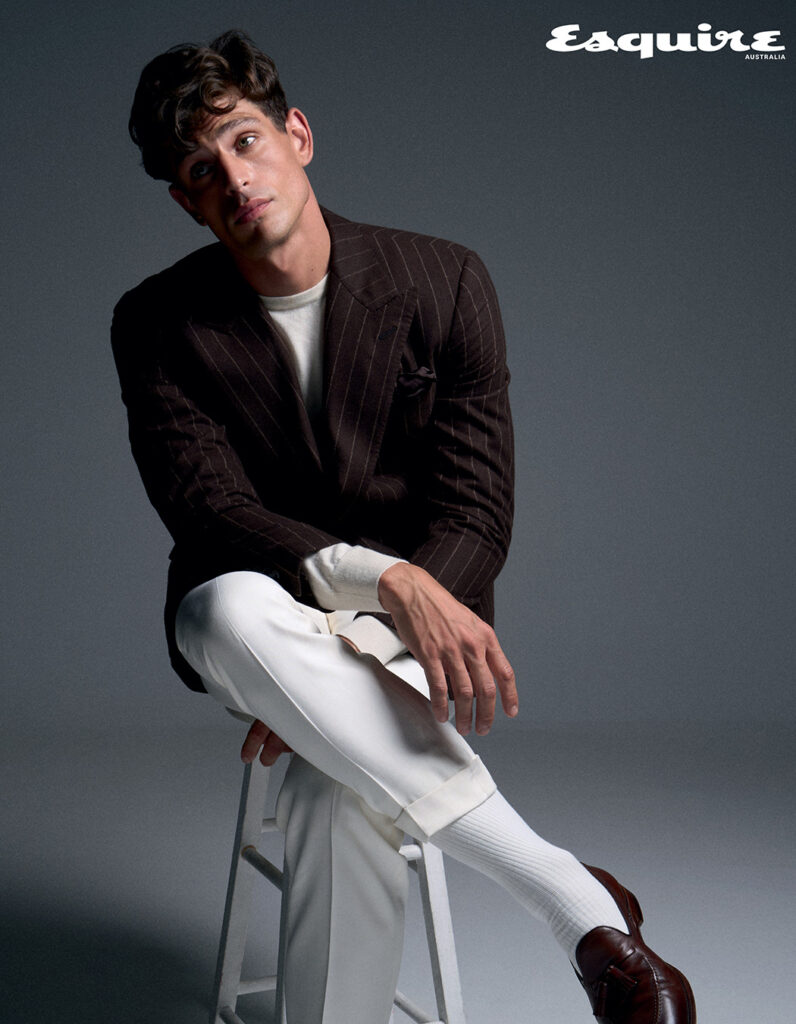
Traditional menswear tropes remain the base currency – the Saint Laurent suit, the tie, the Ralph Lauren loafer – but their worth is recalculated when pushed into unfamiliar contexts. The silhouette inflates beyond sober proportion: shoulders that extend like architectural wings, trousers that puddle rather than taper, jackets that collapse in swathes of cloth. The exaggeration doesn’t erase the past; it treats tailoring as a form of leverage, magnifying familiar structures until they become speculative assets.
Colour and fabrication are trading on new ground. Where the Ivy League once dealt exclusively in navy, grey and the occasional burgundy wools, today’s palette gleefully speculates with lavender, pink, corduroy and leather. These shades are not polite variations but acts of transgression against established codes. Gucci’s lavender suit throws the sharp geometry of tailoring into sharper relief, its softness undermining tradition even as it reaffirms it. Like currency destabilised by inflation, colour becomes both risky and alluring, a gamble that can yield richness precisely because it breaks with stability.

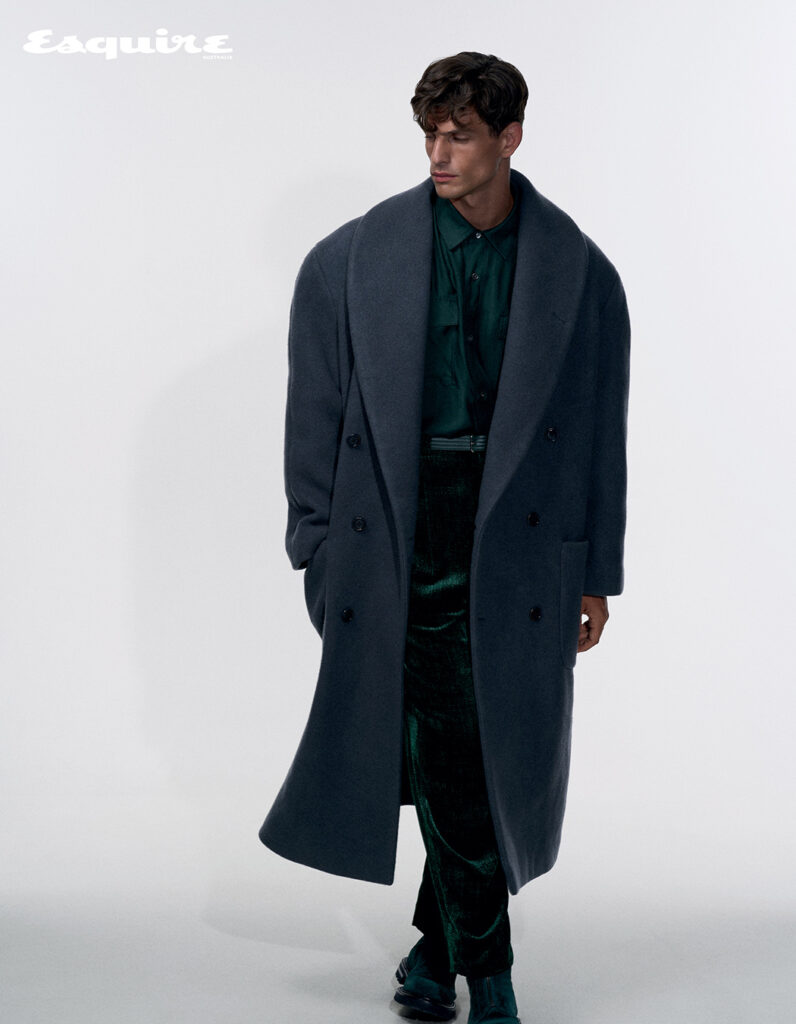
Layering has emerged as a central tactic, not simply for warmth but as a form of composition. A Brunello Cucinelli corduroy suit worn beneath a leather motorcycle jacket is no longer a clash of worlds but a merger, a joint venture between rebellion and respectability. Leather itself is refined: cuffed, tailored, treated like cloth. Wool, meanwhile, is structured yet pliant, able to absorb volume without losing definition. Layering in this sense is not pragmatic but aesthetic arbitrage, creating value from friction.
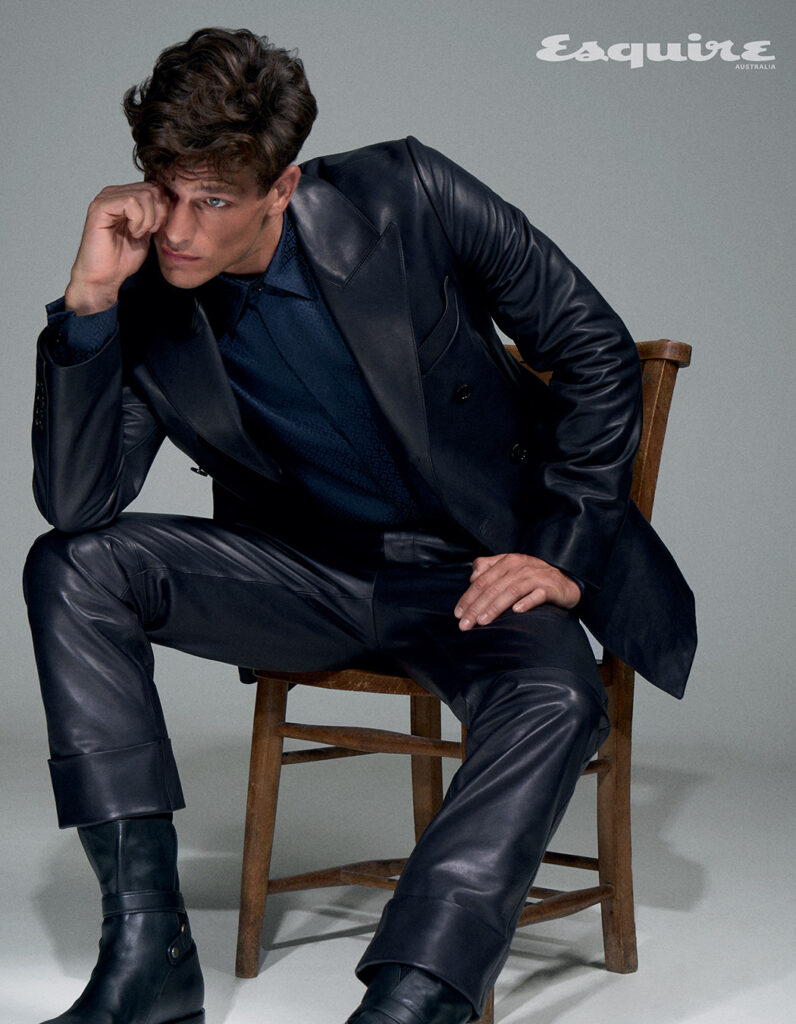

Menswear now positions itself as a portfolio, not a uniform. A leather blazer paired with tailored leather trousers and grounded by motorcycle boots from Burberry signals diversification – a balance between traditional holdings and speculative bets. Details become hedges: a silk tie, a pink gilet, a trompe l’oeil three-piece. Each element both stabilises and destabilises the others, the whole outfit a dynamic negotiation rather than a fixed statement.

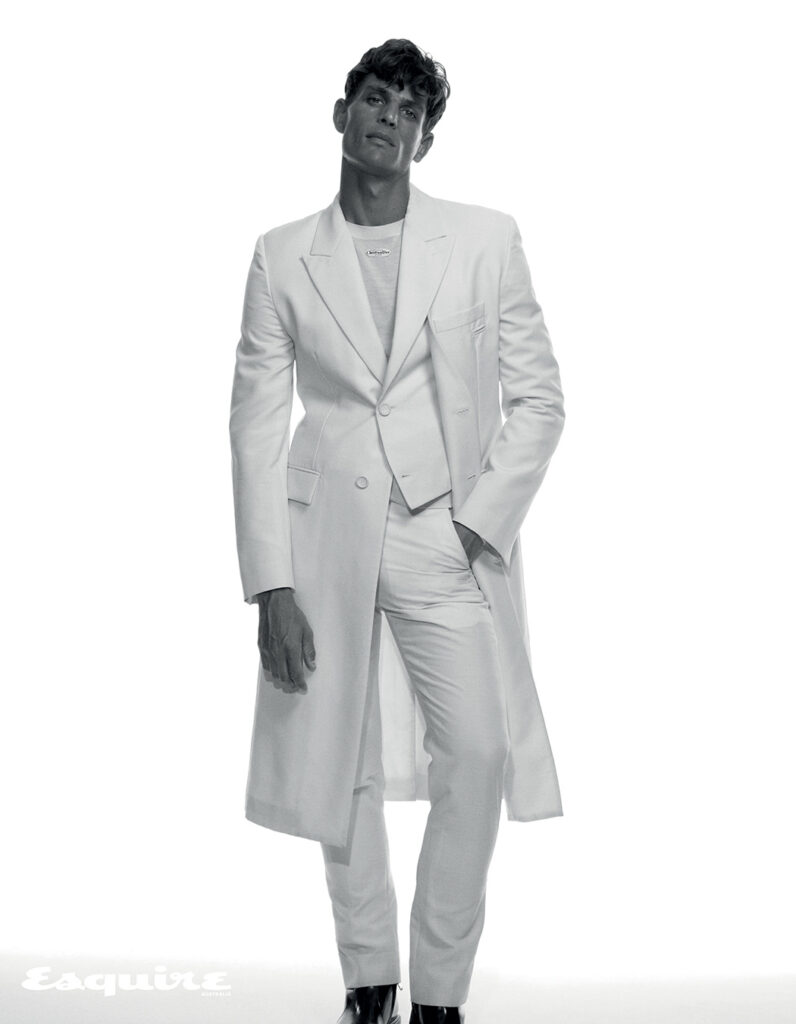
The suit remains the benchmark, but no longer the safe one. Its strength lies in its adaptability to new valuations. In Ivy’s heyday, it promised reliability; in the Boom Boom years, it traded on bravado. In today’s boom town climate, it is prized for its ability to mutate, to withstand exaggeration, to bear colour that was once considered unbecoming. It becomes an index of how far tradition can be stretched without snapping.
This shifting economy of style reflects a broader cultural truth: taste no longer hides in understatement. Where once the wealthy whispered, now the market rewards visibility, audacity and even contradiction. Quiet luxury has been shorted. The bullish play is for boldness, for volume, for colour that upsets the ledger.
Menswear thrives in these cycles of rise and correction because it carries history in every stitch. To wear shearling over chambray; to exaggerate a silhouette until it dwarfs the body; to compose layers as if writing a score. These acts are both rebellion and reverence. They acknowledge tradition as collateral while insisting on new valuations.
In the end, style proves itself a volatile market. Its value lies not in hoarding old codes but in reinvesting them, exaggerating them, tinting them in shades that shock the eye. Today’s menswear economy trades not in silence but in spectacle, and the suit remains its most enduring, most liquid asset.




